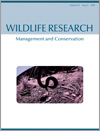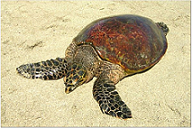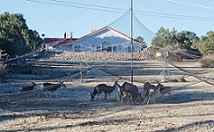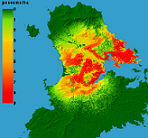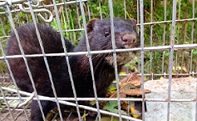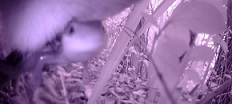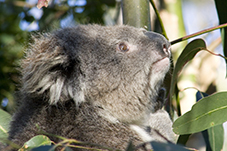WR17180Heads in the sand: public health and ecological risks of lead-based bullets for wildlife shooting in Australia
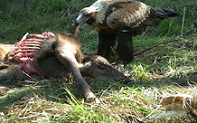
The toxicity of lead (Pb) has seen it banned from most products but it is still widely used in rifle bullets worldwide. Our analysis of wildlife shooting practices in Australia suggests that Pb-based bullets are likely to pose considerable but underappreciated risks to the health of scavenging wildlife such as raptors and human consumers of game meat. Urgent studies are required to examine current Pb exposure levels for at-risk Australian wildlife and human meat consumers.
WR17180 Abstract | WR17180 Full Text | WR17180PDF (846 KB) Open Access Article


